|
K.C.S.E Physics Q & A - MODEL 2017PP2QN07
Explain how the greenhouse gets warm.
answer
0 Comments
K.C.S.E Physics Q & A - MODEL 2013PP2QN11
Explain the fact that radiant heat from the sun penetrates a glass sheet while radiant heat from burning wood is cut off by the glass sheet.
answer
K.C.S.E Physics Q & A - MODEL 2012PP2QN10
Figure 9, shows the cross-section of an optical fibre made of two types of glass A and B. The refractive index of B is lower than that of A.
A ray of light enters the optical fibre at P and emerges from Q.
(i) Sketch the path of the ray through the fibre. (ii) State the reason why light travels through the fibre as in (i) above. K.C.S.E Physics Q & A - MODEL 2009PP2QN16
(a) Figure 10 shows a ray of light incident on a triangular glass prism and white screen S placed after the prism
(i) Complete the path of the ray through the prism to show how a spectrum is formed on the screen
(ii) A thermometer with a blackened bulb is placed at various parts of the spectrum. State with reason the region where the thermometer indicates the highest reading (b) A pin is placed at the bottom of a beaker of depth 11.5 cm. The beaker is then filled with kerosene. By using another on the side of the beaker and observing from the top, the distance of the image of the pin in the beaker is found to be 3.5 cm from the bottom. Determine the refractive index of kerosene. K.C.S.E Physics Q & A - MODEL 2009PP2QN07Determine the speed of light in water given that the speed of light in air is 3.0 x 108 ms-1 and the refractive index of water is 1.33K.C.S.E Physics Q & A - MODEL 2008PP2QN01
Figure 1 shows three point sources of light with an opaque object placed between them and the screen.
Explain the nature of the shadow formed along B and C.
answer
BC - Total absence of light; umbra, completely dark
- Total darkness Rays are completed blocked from this region by the object K.C.S.E Physics Q & A - MODEL 2005PP1QN06
Fig 5. Shows an arrangement of a source of light, an opaque object and a screen.
Using A, B and C as point sources, sketch on the same figure labeled ray diagram to show what is observed on the screen.
K.C.S.E Physics Q & A - MODEL 2000PP1QN27
In fig 16.(a) the Polaroids ABCD and EFGH are oriented such that maximum light reaches the screen S. Sketch at X on Fig. 16 (b) the orientation of EFGH such that no light reaches S.
K.C.S.E Physics Q & A - MODEL 1998PP2QN05
a) A ray of white light is incident on one face of a rectangular glass prism.
i) Draw a ray diagram to illustrate the dispersion of white light by the prism, showing only the red ® and violet (V) rays. ii) On the same diagram drawn in (i) mark and label the initial angle of incidence, 1, and the angles of reflection on the first face for red rR and for violet rV. iii) Snell's law for the red and colours can be written as nr= Sin I/Sin rR
b) Calculate the critical angle for a material whose refractive index is 1.40.
K.C.S.E Physics Q & A - MODEL 1998PP1QN27
During total eclipse of the sun, both light and heat are observed to disappear simultaneously. Explain the observation.
ANSWER
K.C.S.E Physics Q & A - MODEL 1995PP1QN25
Name the property of light that shows that it is a transverse wave
K.N.E.C MARKING SCHEME
A ray of light incident on the surface of a glass prism is observed to behave as represented in the diagram in figure 6Explain this observation ( 3 mks)KNEC ANSWERS
What property of light is suggested by the formation of shadows? (1 mks)
KNEC ANSWERS
|
CATEGORIES
Categories
All
Topics
FORM I - PHYSICS SYLLABUSFORM II - PHYSICS SYLLABUSTOPICS
FORM III - PHYSICS SYLLABUSFORM IV - PHYSICS SYLLABUSARCHIVES
RSS FEEDS
AUTHOR
M.A NyamotiMy passion is to see students pass using right methods and locally available resources. My emphasis is STEM courses
|
We Would Love to Have You Visit Soon! |
Hours24 HR Service
|
Telephone0728 450425
|
|
8-4-4 materialsLevels
Subjects
|
cbc materialsE.C.D.E
Lower Primary
Upper Primary
Lower Secondary
Upper Secondary
|
teacher support
Other Blogs
|

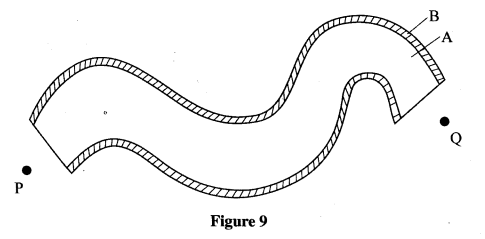

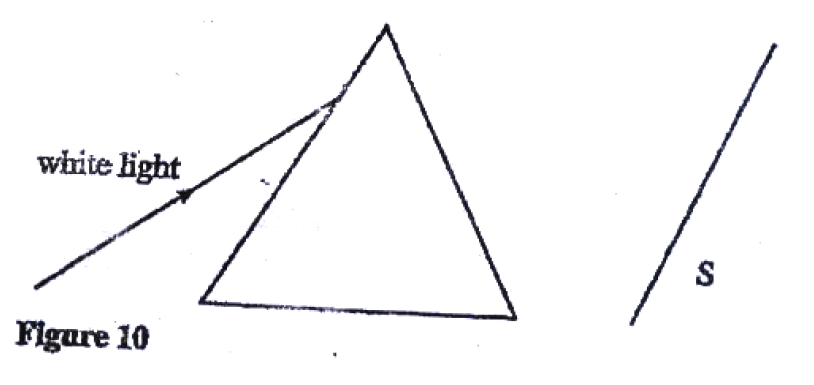
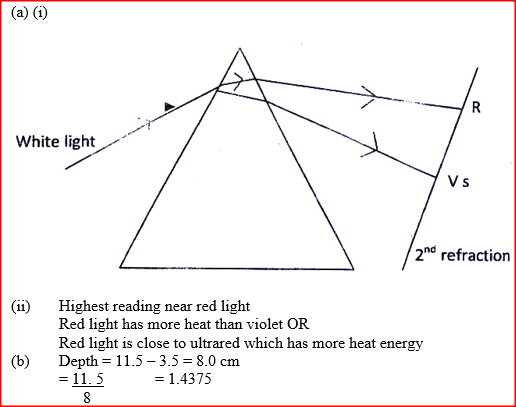


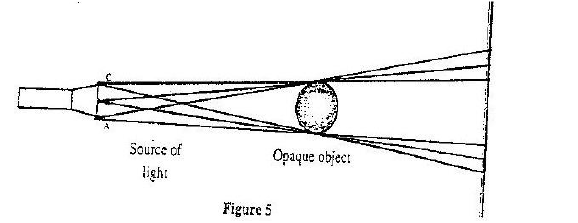


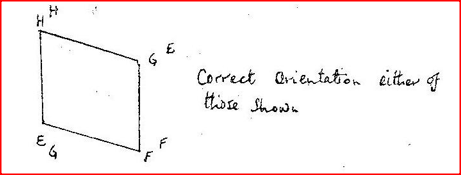



 RSS Feed
RSS Feed